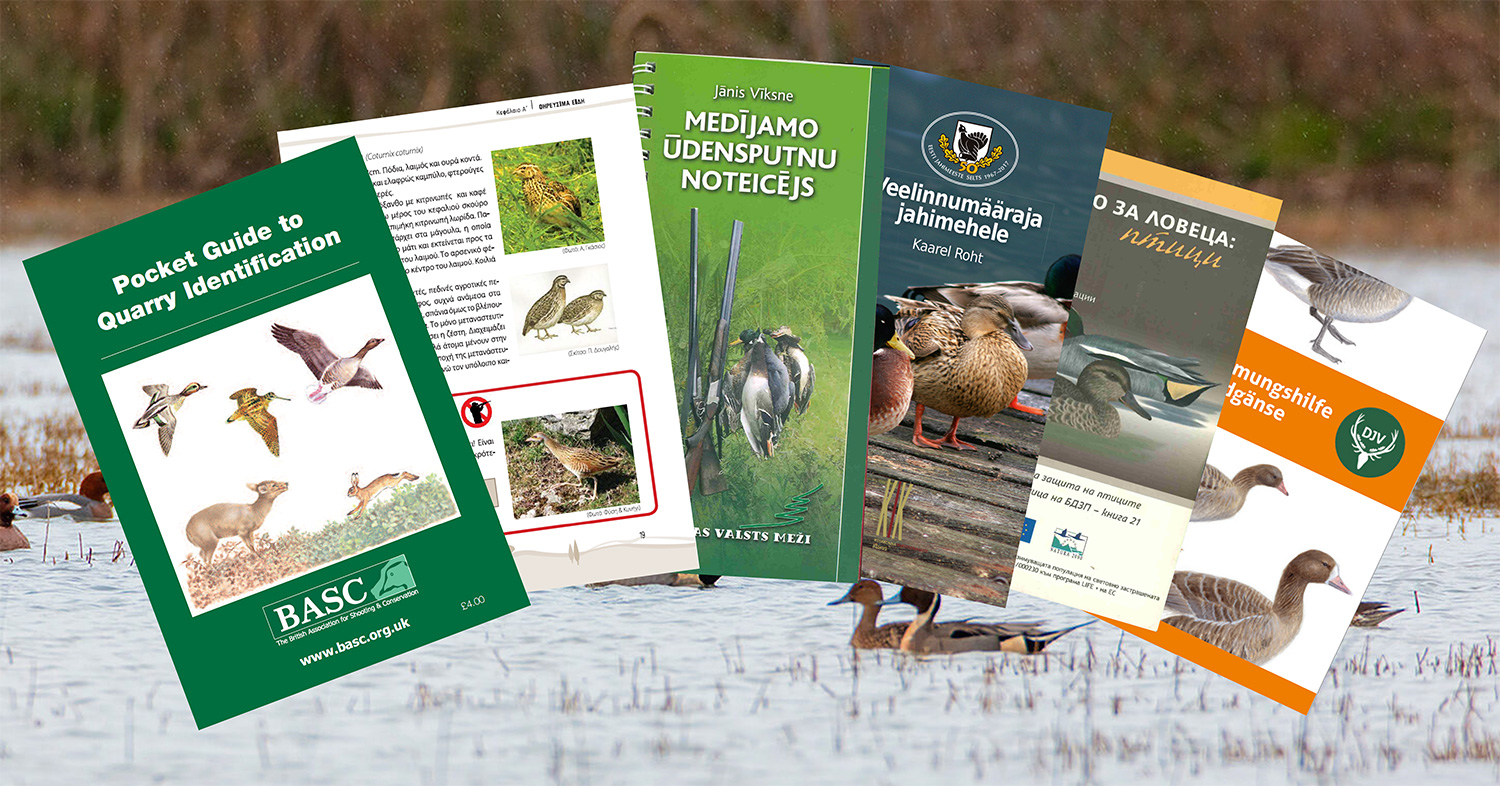
29 Jun 2023 Sharing best practices in hunters’ bird identification training
Wildlife identification, particularly for game species, is one of the fundamental skills that hunters need to acquire to be able to hunt in a responsible manner. This is especially needed when hunting waterfowl and game birds. Proper identification of huntable species is of course required, but also of non huntable species, especially those which can pose misidentification issues (i.e., the so-called “look-a-like species”). This is important to avoid the risk of accidental shooting of non-huntable birds. Hunters who specialise in bird hunting often become very experienced in bird identification.
For hunters, especially new hunters, willing to improve their knowledge on birds and bird identification, national hunting organisations often provide good supporting materials, be it for the preparation to pass the hunting exam or in the form of webpages and free guides for all interested people. Some examples can be found here.
In Greece, the Hellenic Hunters Confederation produced a hunting guide which provides a large variety of information, including on the identification and biology of game bird species, as well as non huntable bird species. Special attention is given to look alike species to inform hunters. In addition, the guide provides a wealth of information on other topics such as hunting legislation and safety, firearms handling and maintenance, dogs and game meat.
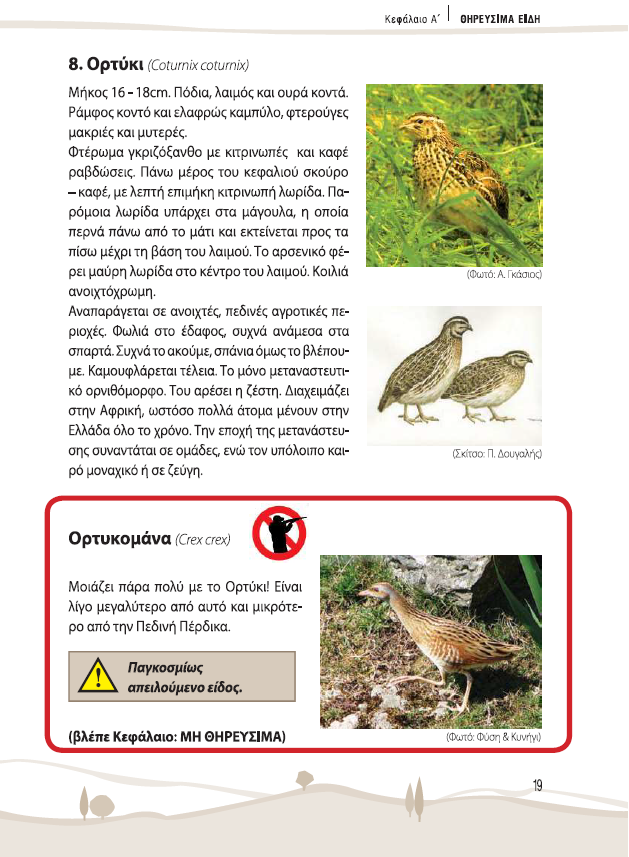
In France, the French Hunters Federation (FNC) provides instructional videos on its website on several topics, including training in bird identification and biology, both for game species and non huntable bird species. Training videos are also available for mammal species.
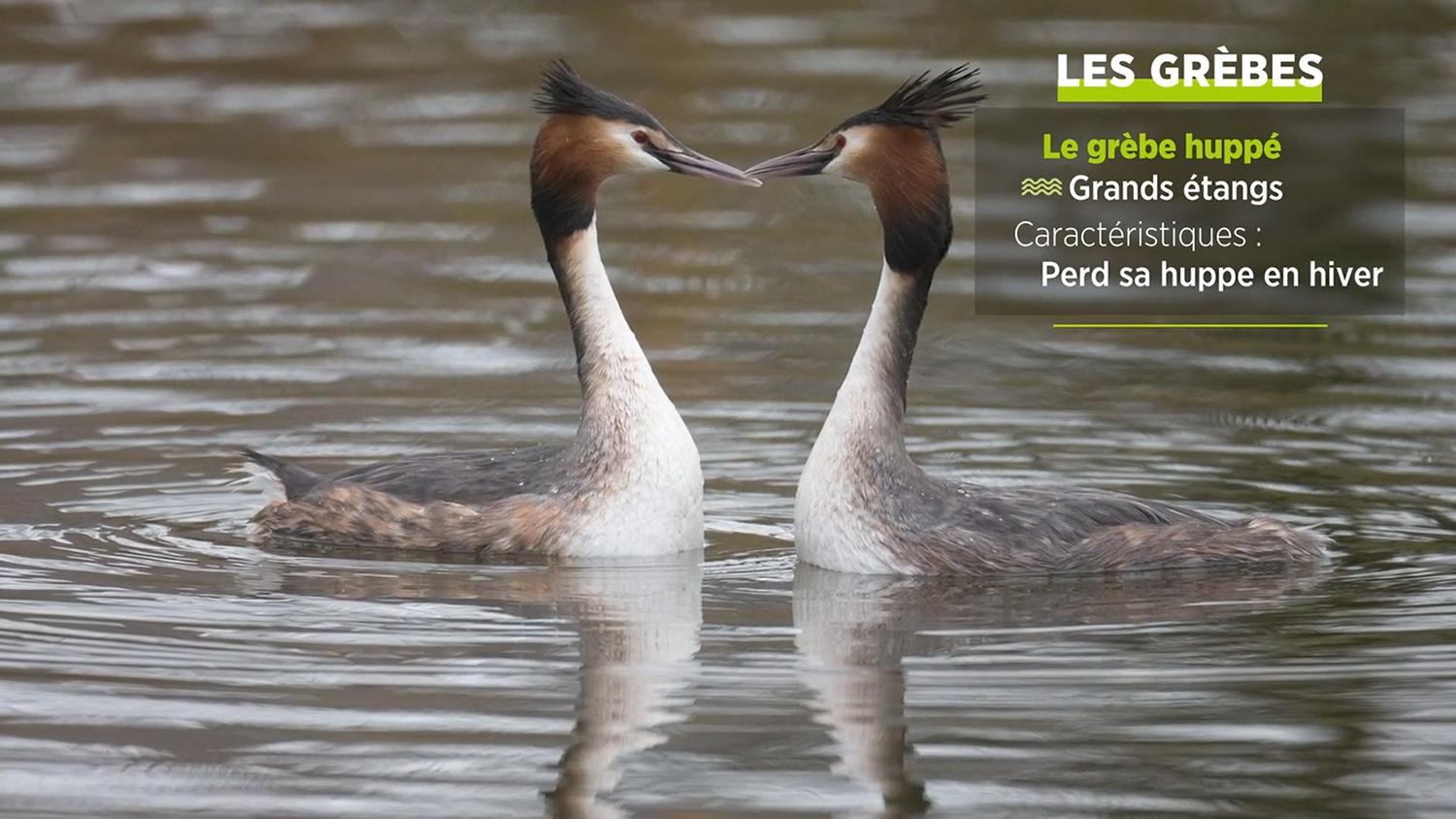
In the United Kingdom, the British Association for Shooting and Conservation (BASC) produced a booklet design to train hunters in bird identification. This pocket ID guide includes descriptions of the most popular game birds and other animals of the UK.

In Italy, the Federazione Italiana Della Caccia (FIDC) is preparing online courses on identification of duck species which were identified in some situations (e.g., in poor light conditions) as “look-a-like” species of the Ferruginous Duck, a non huntable species. These courses aim to up-skill hunters in identification to prevent any accidental shooting of Ferruginous Duck, mainly in confusion with the Tufted Duck. These online courses will be shared with the regions for dissemination to Italian hunters.
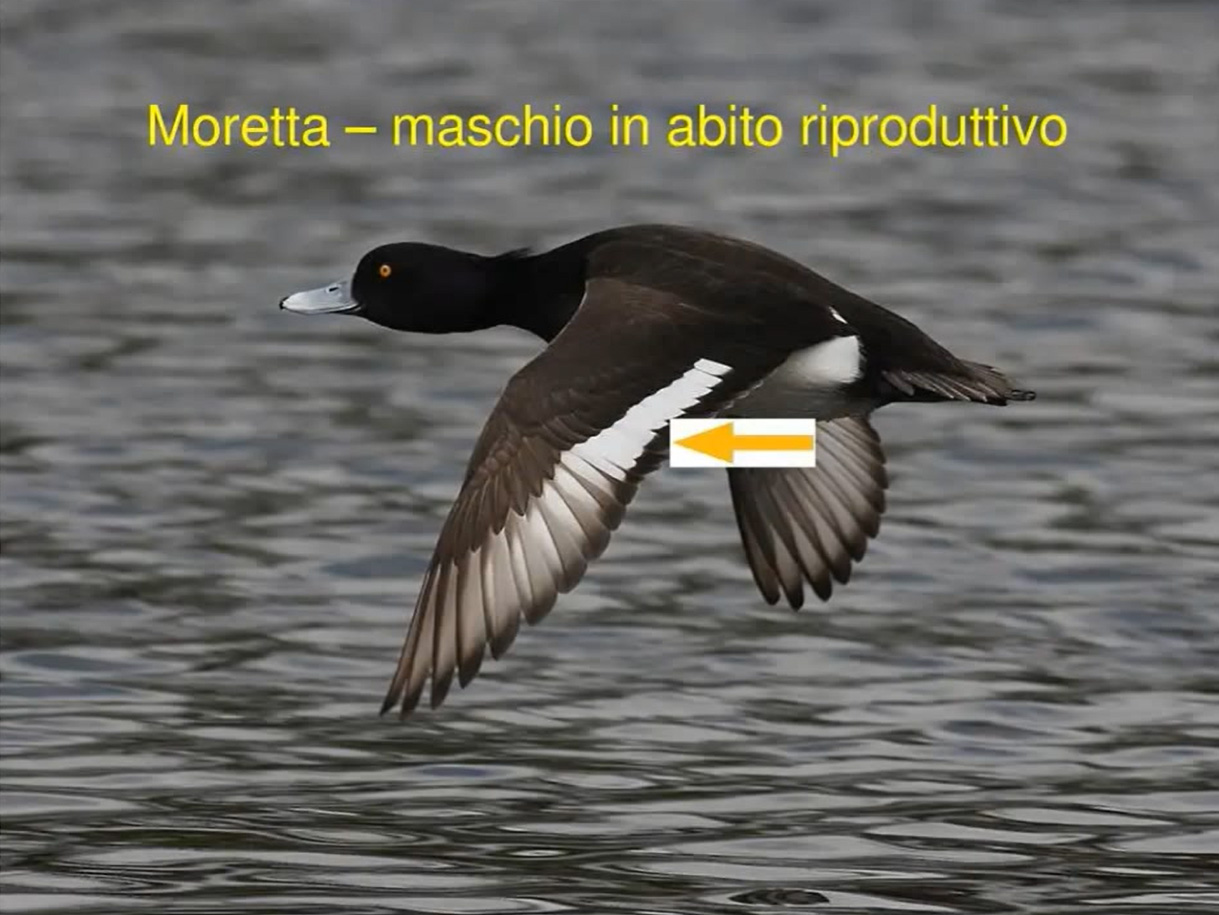
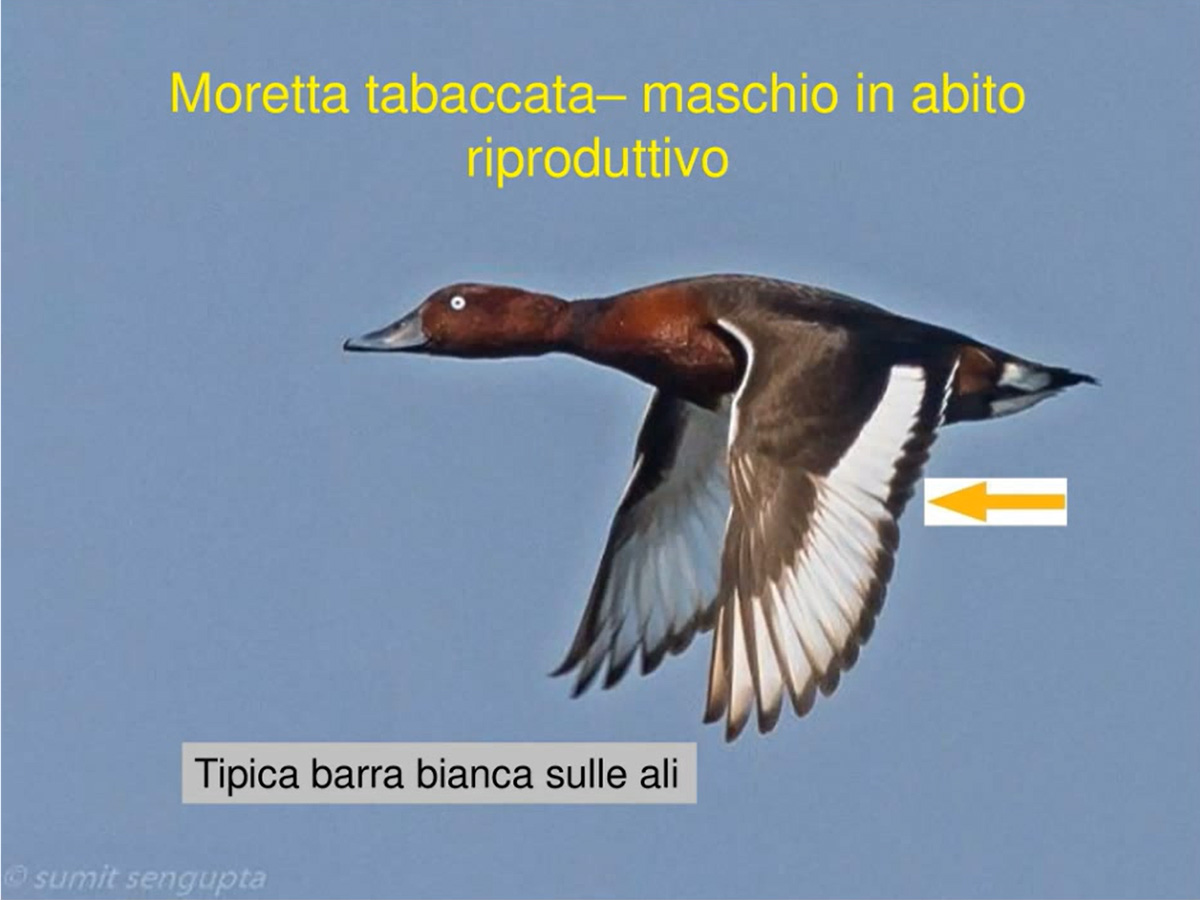
In Bulgaria, hunters were part of a LIFE project coordinated by the Bulgarian Society for the Protection of Birds (BSPB) which produced a booklet on both game and non-game bird species.
The booklet provides good information on identification, including highlighting the huntable and non huntable species which may pose issues in identification.
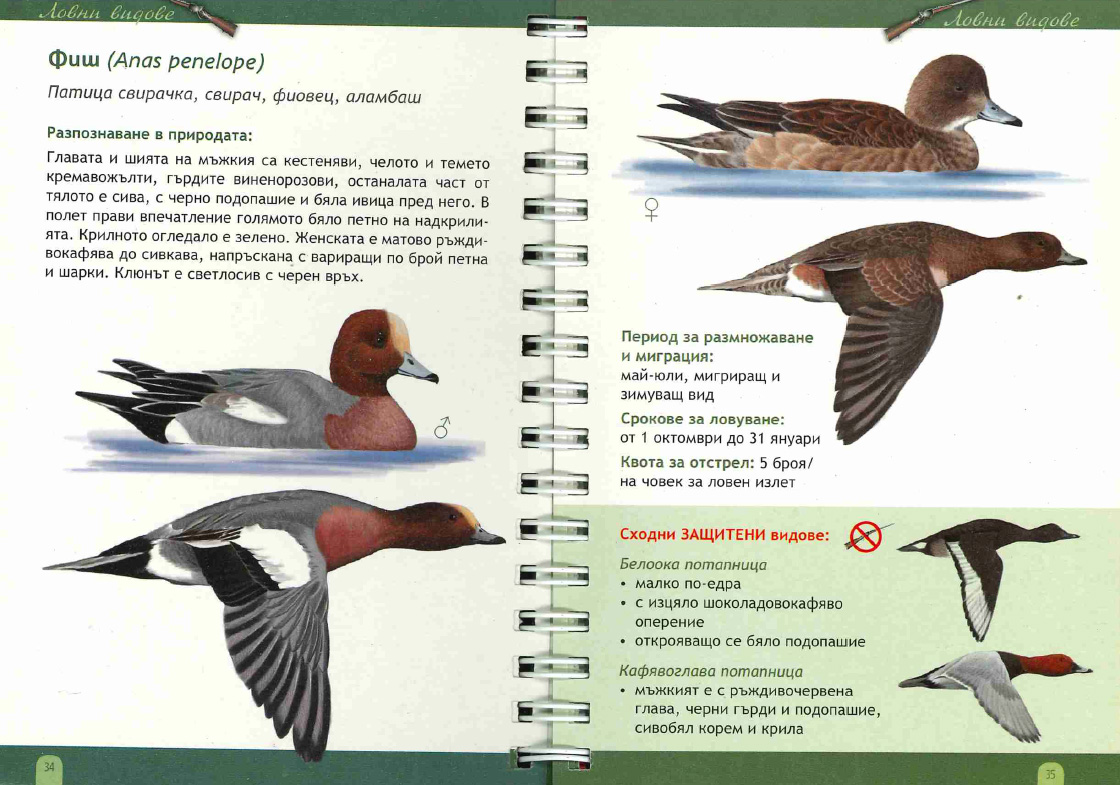
In Latvia, a booklet was produced by the State Forests of Latvia (Latvijas Valsts Meži) to provide information on game and non-game waterbird species.
In Estonia, a booklet was produced by the Estonian Hunters Society to provide guidance to hunters on waterfowl identification. Information is provided for both huntable and non-huntable species.
In other countries, such as Denmark and Sweden, species information is displayed on the hunting associations’ websites, where hunters can easily find the information they seek. The Swedish Hunting Association webpage provides information on all game bird species (as well as other game species). On the Danish Hunting Association’s website, the webpage provides information on all game bird species and non-game bird species.

In Poland, identification training material regarding game duck species is available on the Polish Hunting Association in the form educational boards. These boards contain a male duck of each of the twelve species in three positions, allowing to identify the most important details in the appearance of the bird. This information allows for a correct assessment of the individual before the shot. The Polish Hunting Association encourages hunters to carefully study this educational material and to download it to have access to this valuable knowledge at any time.
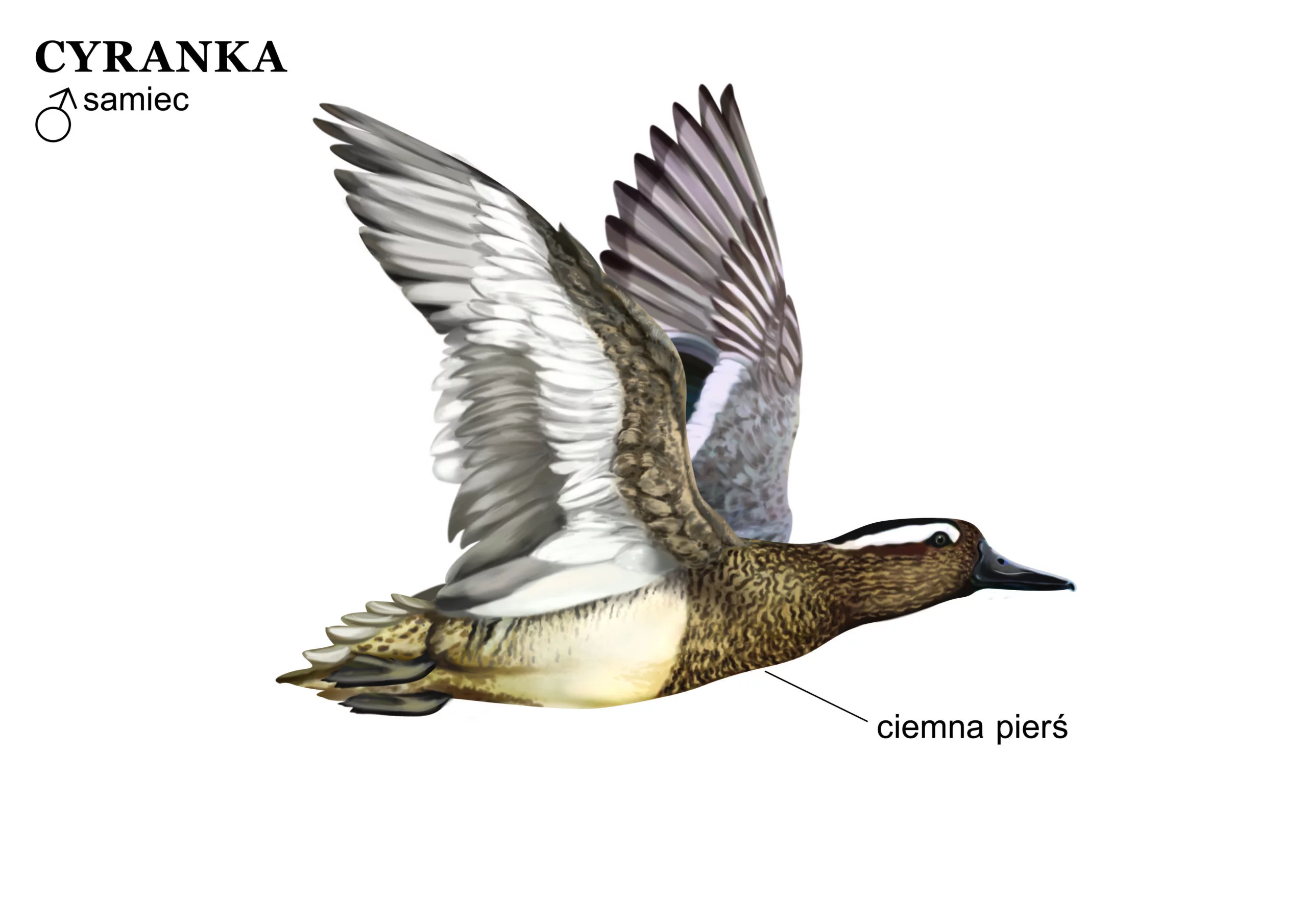
In Slovakia, the Slovak Hunters Chamber routinely produces bird identification material to improve hunter’s knowledge, not only for game species but for all species present in the country, via its magazine for example.
Also, they are the coeditors and sponsors of books about birds compiled for universities and for the general public, such as the “Songbirds of Slovakia in Photography”.
This book is a professional photographic publication dealing with all the species of songbirds (140 species) found on the territory of the Slovak Republic. It provides photography, technical information as well as maps of species distribution in the country and in the world.
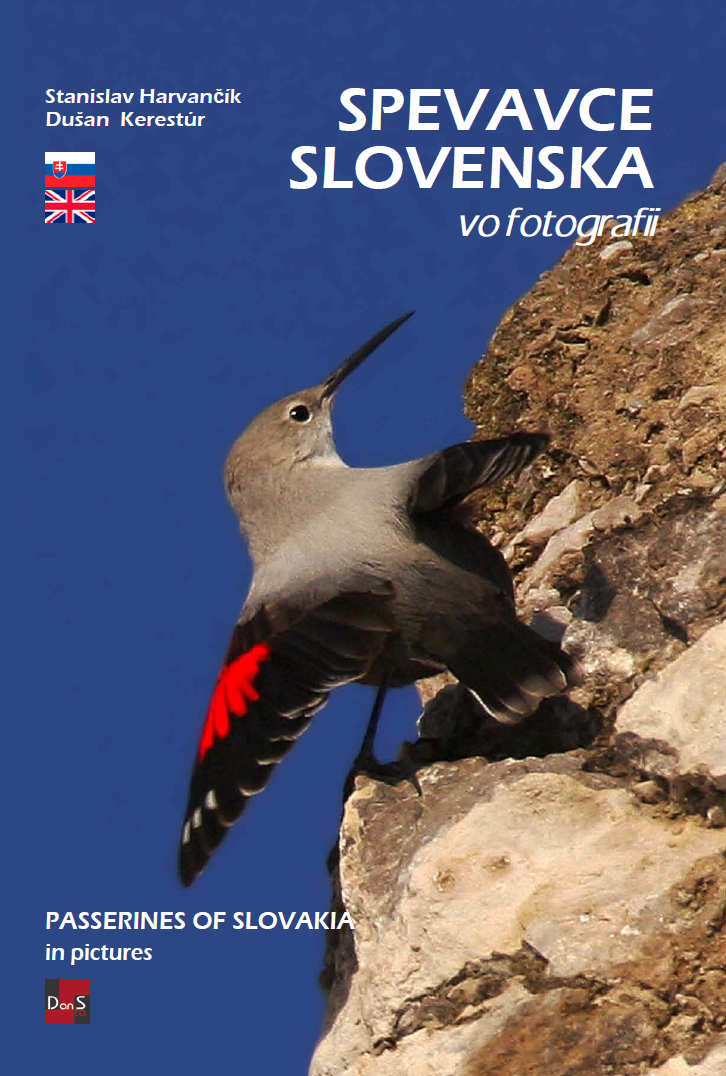
In Germany, the hunting organization (Deutscher Jagdverband – DJV) just produced a new identification aid for wild geese. The 60-page brochure presents 10 geese species that occur in Germany and provides information on identification, age determination or risk of confusion with other species. It contains QR codes leading to detailed profiles on the DJV website and audio files with species-typical calls to listen to.
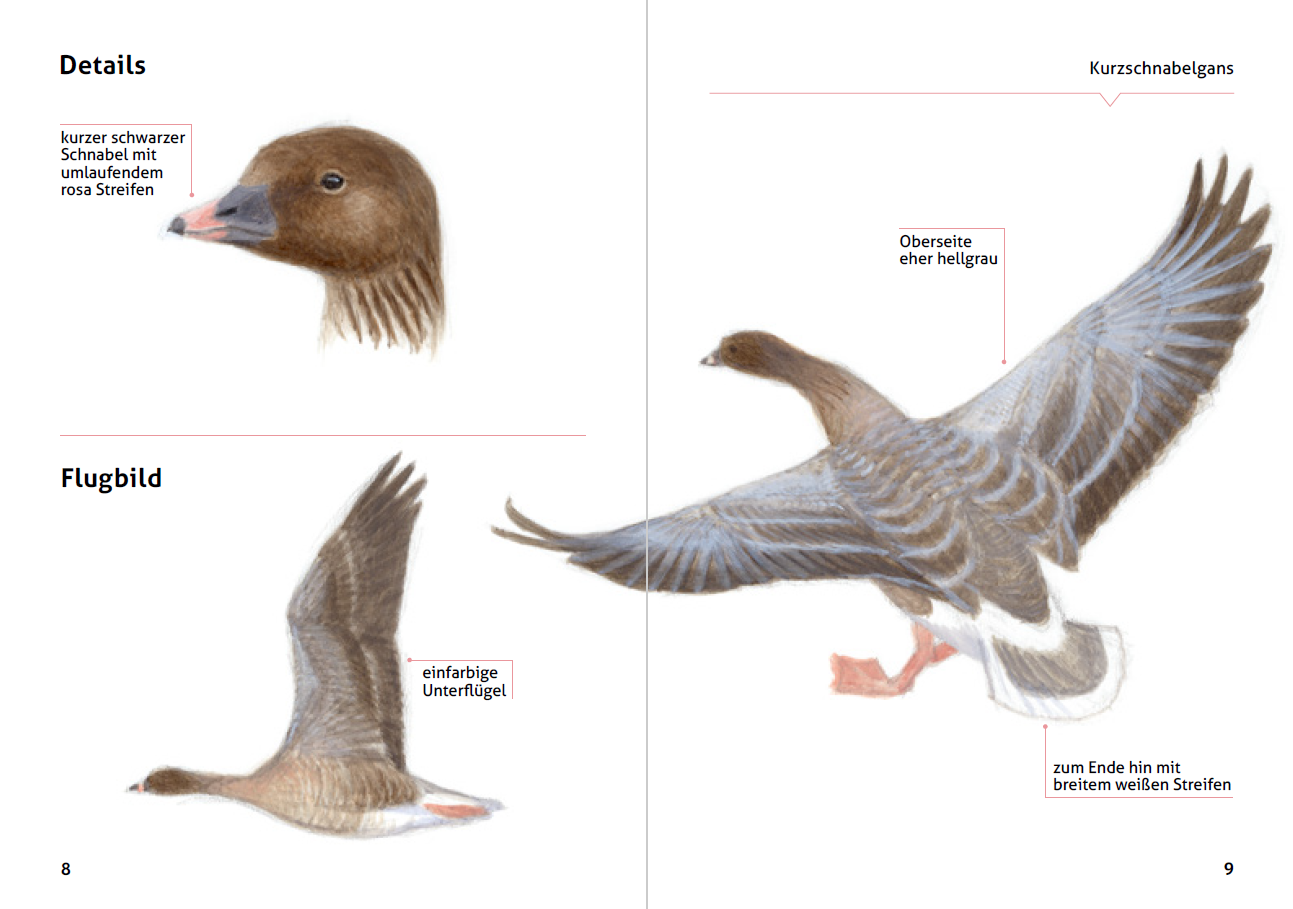
CONCLUSIONS
Hunting offers much in terms of the connection with the natural world, but it also comes with serious responsibilities. As such, harvesting game in a responsible and ethical manner is of the highest priority for hunters. This is why they seek to continually improve their knowledge regarding the quarry species they pursue and why hunting organisations across Europe provide such information. For these reasons education materials are produced by hunting organisations, which are made freely available for anyone interested in learning more about birds and other wildlife.

